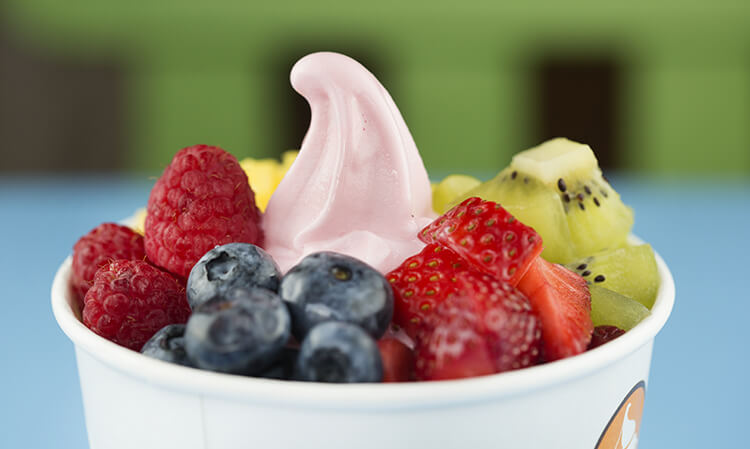
Ditch the Detox for 2017
5 practical and accessible health tips from author of the Right Bite Jackie Lynch


5 practical and accessible health tips from author of the Right Bite Jackie Lynch

If you’re planning on firing up the barbecue, this is a good time to turn

Jackie Lynch shares some tips from her new book, The Right Bite to help you

Jackie Lynch is the author of The Right Bite, a practical guide perfect for urban

Jackie Lynch shares some helpful tips from her book The Right Bite to help you

The Right Bite‘s author Jackie Lynch, suggests some smart food and drink swaps to keep


Watkins Media Limited
Shepperton House unit 11
89 Shepperton Road
London, England
N1 3DF

Watkins Media Limited
Shepperton House unit 11
89 Shepperton Road
London, England
N1 3DF